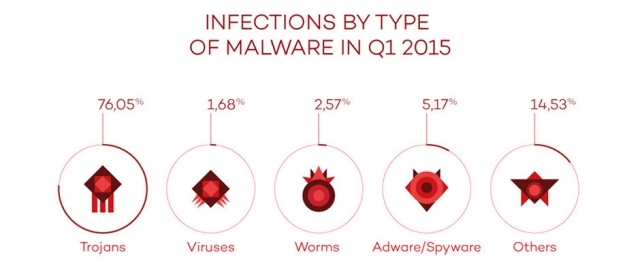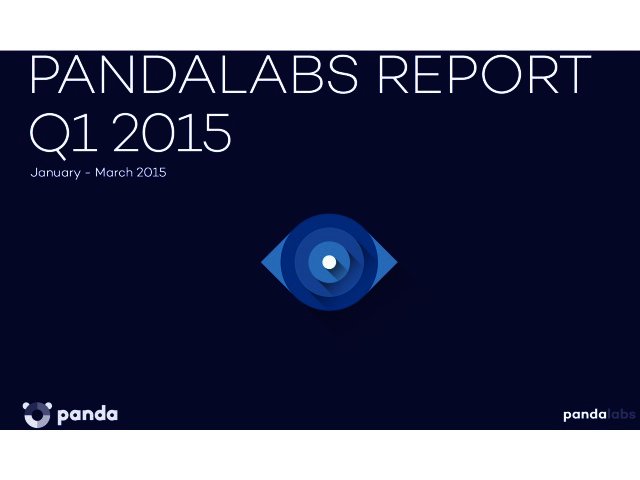Panda Security’s anti-malware laboratory – PandaLabs, has released the results for the first quarter of 2015, which analyses IT security episodes and incidents from January through to March 2015.
The multinational security vendor detected over 225 000 new malware strains per day in the first quarter of the year, with peaks reaching 500 000. This record-breaking figure represents a 40% increase over Q1 2014 and is well above the average for the entire year - at 205 000 new malware samples per day.
“It comes as no surprise that malware continues to grow in this day and age, we’ve seen a dramatic increase in cyber-crime in recent months and cyber-criminals continue to exceed expectations,” says Panda Security country manager, Jeremy Matthews. “The need for effective endpoint security and strong policies, not only on desktops but on mobile platforms as well, is more critical than ever,” explains Matthews.
The first months of the year were dominated by ransomware attacks, especially “CryptoLocker” and it is safe to say that ransomware has become cyber-criminals' preferred method to make money from companies' stolen information. Ten companies in the oil and gas maritime transportation sector, fell victim to this type of attack, as revealed by Panda Security in a report on a hacking campaign dubbed “Operation Oil Tanker: The Phantom Menace” which targeted oil tankers.
Other popular attack methods exploited over the past quarter, include social networks scams and mobile malware. One of the most notable scams made use of a fake $500 Zara gift card giveaway on Facebook to trick users. The scam was wide-spread and within just a few hours over 5 000 people had joined the event and more than 124 000 invites had been sent out.
Android was the main target for mobile malware attacks, this time through malicious SMS messages.
The average number of infected PCs across the globe stands at 36.51%, up 6% compared to 2014. China once again led this ranking at 48.01%, followed by Turkey at 43.33% and Peru at 42.18%. The list of least infected countries is dominated by European countries. Norway remains the leading country with the least infected PC’s at 22.07%. Other countries with a malware infection rate below the worldwide average include Denmark (28.18%), Finland (28.59%), Venezuela (33.35%) and USA (34.03%) – to name a few.






